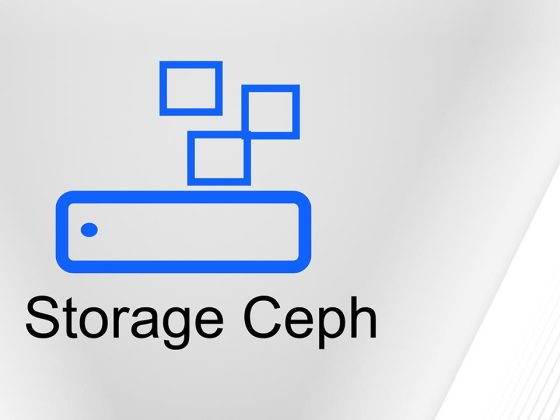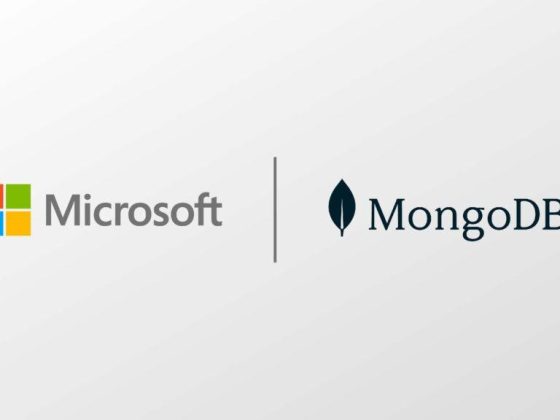Data wrangling, also known as data munging, is the process of cleaning, transforming, and organizing raw data for further analysis and integration. In this article, I will explore the significance and benefits of data wrangling, the process of making raw data usable for different end users, and the application of data wrangling in AI and machine learning.
Let’s start by taking a closer look at data wrangling and its significance in finance.
From our partners:
With a predicted market size of 103B in 2027 according to Statista, unlocking big data’s full potential is more relevant than ever. As big data continues to evolve, companies continue to find new data types. However, as technology continues to create more data sources, data management continues to become a growing obstacle for businesses.
Likewise, Forbes reported that data scientists responsible for data preparation spend approximately 80% of their work hours preparing data for further analysis. Included in this 80% is data wrangling.
The importance of data wrangling
Having an in-depth understanding of data wrangling is essential for businesses and investment firms, as data wrangling is a precursor to many other data transformation and analysis processes commonly utilized by financial professionals.
For instance, investors can leverage job postings data to better understand market growth and track promising start-ups, and similarly, companies are able to utilize firmographic data to better understand their competition. Both objectives require significant amounts of data to be collected and then transformed for further analysis or integration. Ultimately, both of these objectives cannot be achieved smoothly without data wrangling.
The benefits of data wrangling
As previously mentioned, big data has become an integral part of business and finance today. However, the full potential of said data is not always clear. Data processes, such as data discovery, are useful for recognizing your data’s potential. But to fully unleash the power of your data you will need to implement data. Here are some of the key benefits of data wrangling.
Data consistency
The organizational aspect of data wrangling offers a resulting dataset that is more consistent. Data consistency is crucial for business operations that involve collecting data input by consumers or other human end-users. For example, if a human end-user submits personal information incorrectly, such as making a duplicate customer account, which would consequently impact further performance analysis.
Improved insights
Data wrangling can provide statistical insights about metadata by transforming the metadata to be more constant. These insights are often the result of increased data consistency, as consistent metadata allows automated tools to analyze the data faster and more accurately. Particularly, if one were to build a model regarding projected market performance, data wrangling would clean the metadata in a way that would allow your model to run without any errors.
Cost efficiency
As previously mentioned, because data wrangling allows for more efficient data analysis and model-building processes, businesses will ultimately save money in the long run. For instance, thoroughly cleaning and organizing data before sending it off for integration will reduce errors and save developers time.
Now that I’ve examined the objectives, significance, and benefits of data wrangling, let’s explore the more granular details of data wrangling as well as its relation to machine learning (ML).
Data wrangling formats
Depending on what type of data you are using, your final result will fall into one of four final formats: de-normalized transactions, analytical base table (ABT), time series, or document library. Let’s take a closer look at these final formats, as understanding these results will inform the first few steps of the data-wrangling process, which I will discuss later.
Transactional data
Transactional data refers to business operation transactions. This data type involves detailed subjective information about particular transactions, including client documentation, client interactions, receipts, and notes regarding any external transactions.
Analytical Base Table (ABT)
Analytical Base Table data involves data within a table with unique entries for each attribute column. ABT data is the most common business data type as it involves a variety of data types that contribute to the most common data sources. Even more notable is that ABT data is primarily used for AI and ML, which I will examine later on.
Time series
Time series data involves data that has been divided by a particular amount of time or data that has a relation with time, particularly sequential time. For example, tracking data regarding an application’s downloads over a year or tracking traffic data over a month would be considered time series data.
Document library
Lastly, document library data is information that involves a large amount of textual data, particularly text within a document. While document libraries contain rather massive amounts of data, automated data mining tools specifically designed for text mining can help extract entire texts from documents for further analysis.
Data wrangling tools
There are various data-wrangling methods that data analysts and other professionals use, ranging from munging data with scripts to using spreadsheets. Additionally, with some of the more recent all-in-one tools, everyone utilizing the data can access and utilize their data-wrangling tools. There also are visual data-wrangling tools for beginners that make it easier for people without programming skills.
Here are some of the more common data-wrangling tools available:
- Excel is a simple yet powerful data-wrangling tool;
- Plotly (data wrangling with Python) is useful for maps and chart data;
- CSVKit converts data;
- Tabula is regarded as an all-in-one munging solution;
- Google DataPrep cleans, prepares, and organizes data.
The data-wrangling process
1. Discovery
Before you can start the wrangling process, it is critical to think about what may lie beneath your data. That is to say, it is crucial to think critically about what results you are anticipating from your data and what you will use your data for once the wrangling process is complete. Once you’ve determined your objectives, you can gather your data.
2. Organization
After you’ve gathered your raw data within a particular dataset, you must structure your data. Due to the variety and complexity of data types and sources, raw data is often overwhelming to look at at first glance.
3. Cleaning
When your data is organized, you can begin cleaning your data. Data cleaning involves removing outliers, formatting nulls, and eliminating duplicate data. It is important to note that cleaning data collected from web scraping methods might be a much more tedious process than cleaning data collected from a database. Essentially, web data can be highly unstructured and require much more time than structured data from a database.
4. Data enrichment
This step requires that you take a step back from your data to determine if you have enough data to proceed. Finishing the wrangling process without enough data may compromise insights gathered from further analysis. For example, investors looking to analyze product review data will want a significant amount of data, accurately portraying the market, and in turn, increasing investment intelligence.
5. Validation
After determining you gathered enough data, you will need to apply validation rules to your data. Validation rules, performed in repetitive sequences, confirm that your data is consistent throughout your dataset. Validation rules will also ensure data quality as well as security. This step follows similar logic utilized in data normalization, a data standardization process involving validation rules.
6. Publishing
The final step of the data munging process is data publishing. Data publishing involves preparing the data for future use. This may include providing notes and documentation of your wrangling process and creating access for other users and applications.
It is also important to note that, like many other data transformation processes, data wrangling is an iterative process requiring you to revisit your data regularly. To better understand the munging process, let’s take a look at data mining, a subset of data wrangling.
Data mining versus data wrangling
At first glance, data mining and data wrangling appear nearly identical, especially if you are not a data scientist. But as previously mentioned, data mining is actually a subset of data wrangling. While they have similar benefits, they both achieve different data processing objectives.
Data mining is defined as the process of sifting and sorting through data to find patterns and hidden relationships in larger datasets. Whereas, data wrangling requires a few more steps, such as cleaning, enriching, and integration, transforming raw data for deliverable insights. Additionally, data wrangling’s ability to remove inadequate data from the dataset being mined.
Ultimately, data munging enhances the data mining process, providing companies with powerful insights and hidden patterns regarding customer behavior, market trends, and product feedback.
Data wrangling and machine learning
Data wrangling is a crucial component of machine learning. More specifically, data munging analyzes data that feeds into the machine learning model you are building. Without data munging, the model wouldn’t have clean data to process, and therefore the model would produce false predictions, failing its objective.
Likewise, as the AI software market increases, with a reported market revenue of 10.1B in 2018, which is still growing today, machine learning has become increasingly prevalent in the world of finance. However, because data wrangling has yet to be 100% automated, machine learning has yet to reach its fullest potential.
The complexity of metadata management as well as the sheer amount of processing power it takes to wrangle data properly are the main contributors to this machine-learning roadblock. Consequently, because machine learning requires extensive data wrangling, companies are eager to find the highest-quality automated data wrangling tools.
Closing thoughts
Ultimately, data wrangling is an excellent data preparation method for businesses looking to utilize AI, machine learning, and automated data analysis tools or data analytics processes, among other applications. And as data science continues to evolve, data-wrangling tools will look to AI for more solutions.
Also published here.
By: Lukas Racickas
Published at Hackernoon
Source: Cyberpogo
For enquiries, product placements, sponsorships, and collaborations, connect with us at [email protected]. We'd love to hear from you!
Our humans need coffee too! Your support is highly appreciated, thank you!








